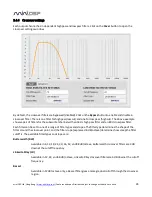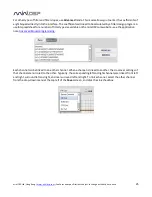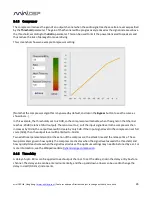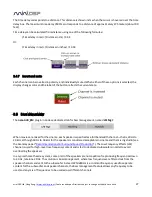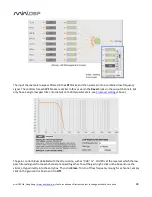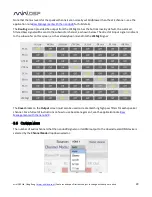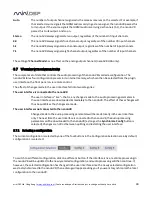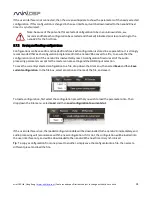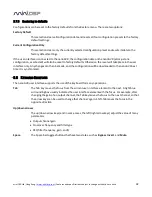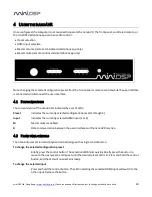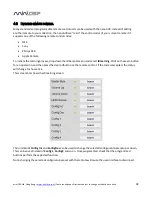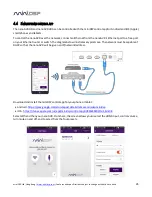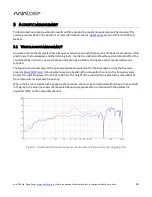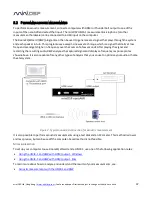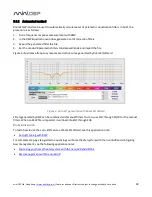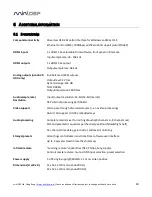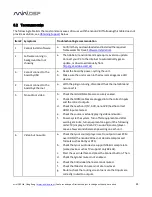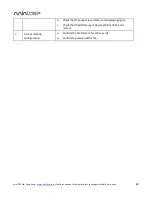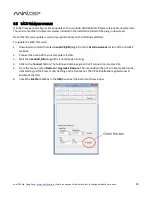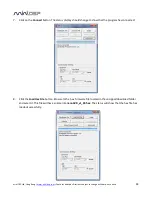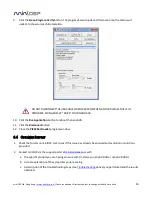
mi niDSP Ltd, Hong Kong /
/ Features and speci fi cations subject to change wi thout pri or noti ce
38
5.3
A
DJUSTING EQUALIZER SETTINGS
Once a frequency response plot of a channel has been obtained, the parametric equalizers (PEQ) on that
channel can be used to adjust or correct the frequency response. In addition, the PEQ can be used to tailor the
sound to preference. For example, many listeners prefer an elevated bass to a “flat” response.
5.3.1
Manual method
In the manual method, we use the PEQ user interface directly to create filters that alter the frequency response.
For example, in the response curve shown above there is a significant peak at 59 Hz. We can largely remove this
peak by applying a corresponding dip in the frequency response with these filter settings:
Figure 3. Single PEQ band to correct response peak
Other peaks can be treated in the same manner with additional PEQ bands. Dips in the frequency response can
be treated with a corresponding peak filter, but care should be taken when boosting the response not to use too
much boost or to use high-Q filters. (Too much boost can cause signal clipping, and narrow dips are typically
caused by acoustic cancellations in the room and cannot be removed with EQ.)
Shelving filters can also be used to alter the frequency response. For example, if more weight in the bass is
desired, this can be accomplished with a low-shelf filter with some boost, of 3 to 6 dB. Or, if less high treble
emphasis is desired, this can be accomplished with a gentle high-shelf filter with a few dB cut at high
frequencies.

